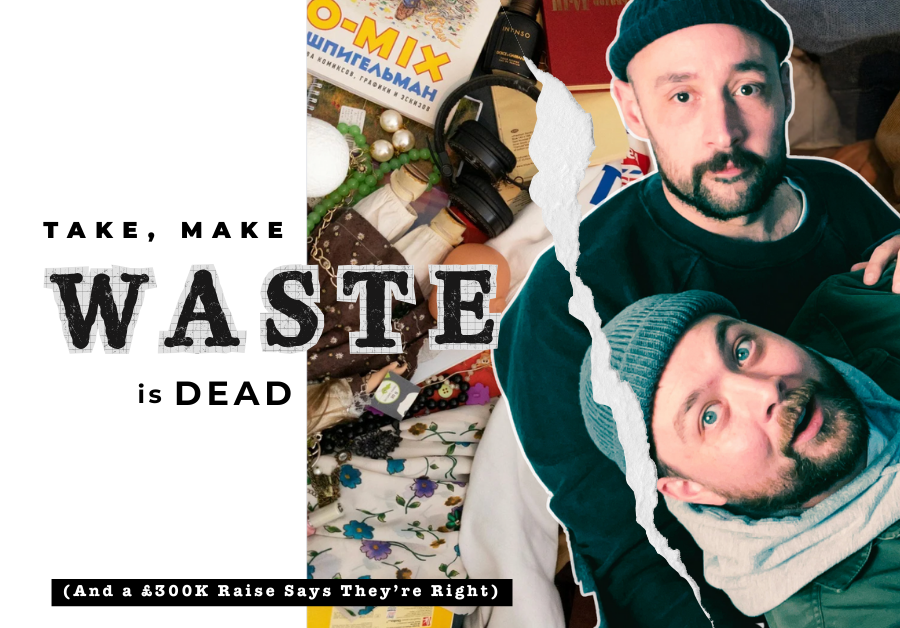This is the third in a series of articles and case studies, originally posted on LinkedIn, investigating the current and evolving state of the online marketplace. Do consider also reading parts one and two.
There’s a customer you’re not hearing
One of the most dispiriting things we hear when talking to potential new marketplaces is when the prospective marketplace owner talks animatedly about how they’re going to solve the problem…
But for just one side of the transaction. Whether that’s helping the user find better freight costs, root out that local fitness instructor, or convert cash at a better rate, lop-sided focus sets a marketplace off on the wrong foot. The best – and most successful – marketplaces do something special for both sides: sellers are your customers too (and probably the more important side of the transaction).
But it’s free!
The other red flag is ‘and it’s free to list’. Why? Nothing is ever free. Also, when you say something is free, you are assuming that people don’t value some services you could be providing.
So what does this mean?
Start again – think really hard about what a seller needs to do to list with you, and then consider that against their own needs and incentives. Even maintaining inventory or managing orders via a new content management system is an additional burden that they didn’t have previously. Virtually every small seller is struggling for time as it is – adding this kind of overhead demand on time is often a blocker to joining a marketplace.
Put yourself into their shoes, and see what the actual issues of selling on a new platform are. Make it as smooth as possible. I think this is like a giant game of ‘whack-a-mole’, there are so many variables that drive how well a seller interacts with your marketplace. How much is listing with you going to ‘cost’ them, beyond margin?
Some examples to consider include:
- The commission charged. Obviously number one. But is that commission charged on everything (shipping, sales tax etc)?
- Any kind of listing or sign-up fee;
- The number of products that can be listed at one fee level, and pricing options for listing more;
- The level of visibility of products on the platform, such as promotion on the homepage/in social media/catalogues;
- Incentives for listing unique products on your marketplace that aren’t listed elsewhere;
- Support for listing inventory, such as uploading by the platform, or taking professional shots;
- Training and networking opportunities;
- Packaging or logistics support, like Fulfilment by Amazon;
- Discounts on or access to trade supplies (think of Etsy’s newly released Etsy Studio or Rated People giving discounts on work materials);
- Ability to integrate with existing systems or platforms;
- Business operation or administration/accounting support, such as automated accounting;
- Coverage by guarantee or central customer service;
- Association with a cause or brand that’s compelling, even if sales levels aren’t;
- Speed of settlement;
- Guaranteed minimum sales (note this feeds into the ‘liquidity side’ discussed in our previous post); and
- Other group protections akin to old school unions.
Why is this important?
An instructive example is Facebook. As we’ve discussed before, social networks should be considered a kind of marketplace. Facebook has achieved undoubted – and unprecedented – scale. Its revenues are growing formidably. But one reason they have been growing so strongly is that they have invested an awful lot in the advertiser experience. Better and better reporting, a more intuitive advertising account, different ways to advertise more ‘customer’ support – all services you would normally expect to provide to buyers of your products. A wholesaler would be gathering that data and information themselves, not relying on the next person in the ‘value chain’.
Or Google: a seller (or advertiser) on Google can now speak to an adviser with the click of a button, and can get free training on the tools available. In a world where getting anyone well-trained on the phone is close to impossible, this is striking.
The goal is simple – understand the user’s needs, and make using the platform as easy as possible.
Except this time ‘user’ is the seller.
Not that Google and Facebook have got it entirely right. Google ignored its sellers when pushing their ads alongside extremist content on Youtube, and Facebook’s issues with overstated metrics look likely to rumble on for a while yet – as we’ve said, neglect your ‘other’ customers at your peril.
Customer lifetime value
Once you accept you have two customers, you can then bring the situation back to something that people running businesses understand – customer lifetime value. I recently was at a dinner with a CEO who runs a large UK marketplace, and she was kind enough to share a few metrics. An individual ‘consumer’ customer was worth about £3.50 to her platform. The ‘expert’ or business customer was worth about £2,500. Can you see which group she spends most of her time worrying about?
Next up in our MOHARA series is what many tech people think of when they consider the marketplace – the ‘secret sauce’ of what happens in your marketplace (or platform, or exchange). Gone are the days of bricks and mortar – what are you doing that’s different?











